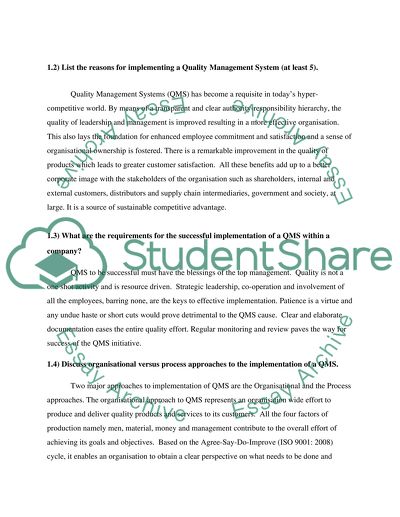Cite this document
(“ISO 9001 Coursework Example | Topics and Well Written Essays - 2000 words”, n.d.)
Retrieved from https://studentshare.org/finance-accounting/1423717-iso
Retrieved from https://studentshare.org/finance-accounting/1423717-iso
(ISO 9001 Coursework Example | Topics and Well Written Essays - 2000 Words)
https://studentshare.org/finance-accounting/1423717-iso.
https://studentshare.org/finance-accounting/1423717-iso.
“ISO 9001 Coursework Example | Topics and Well Written Essays - 2000 Words”, n.d. https://studentshare.org/finance-accounting/1423717-iso.


